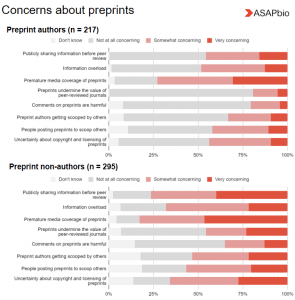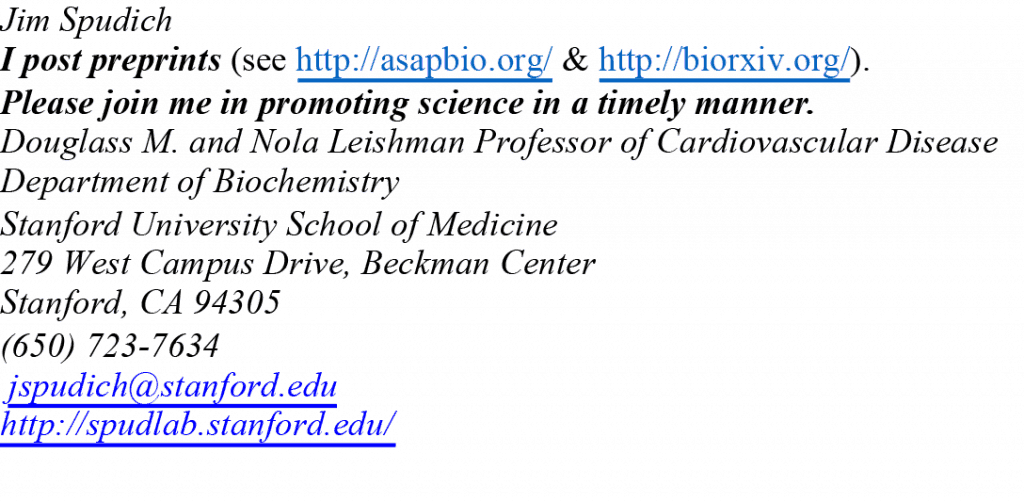Preprinting in biology is gaining steam, but the process is still far from normal: the upload rate to all preprint servers is about 8% that of PubMed. The most obvious way for individual scientists to help turn the tide is, of course, to preprint their own work. But given that it now takes longer to accumulate data for a paper, this opportunity might not come up as often as we’d like.
So, what else can we do?











